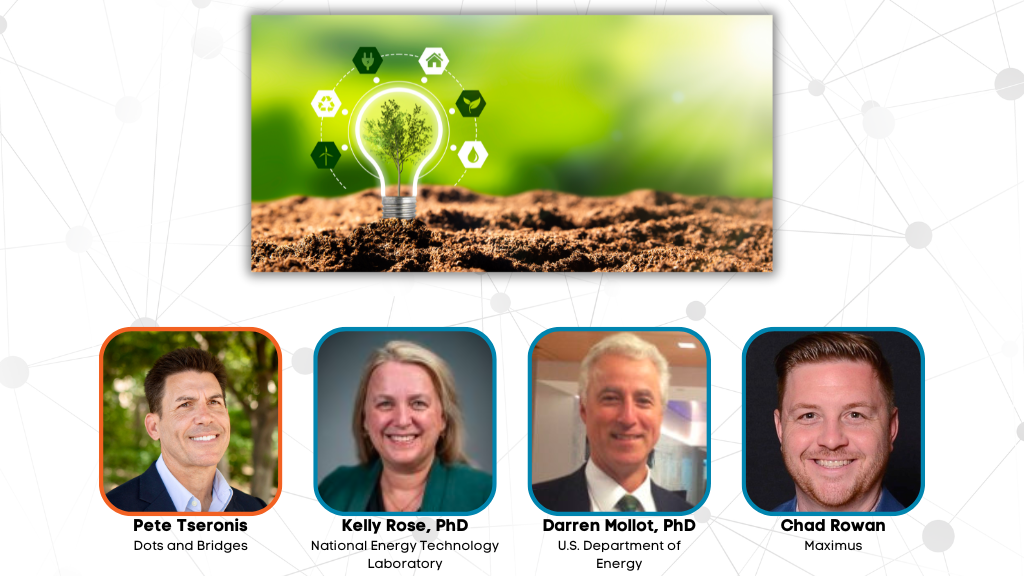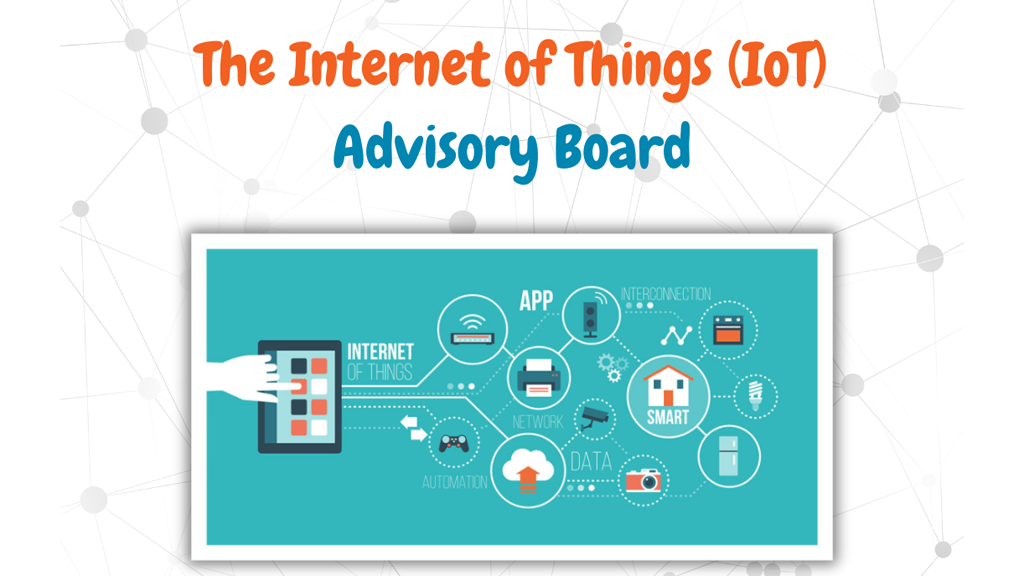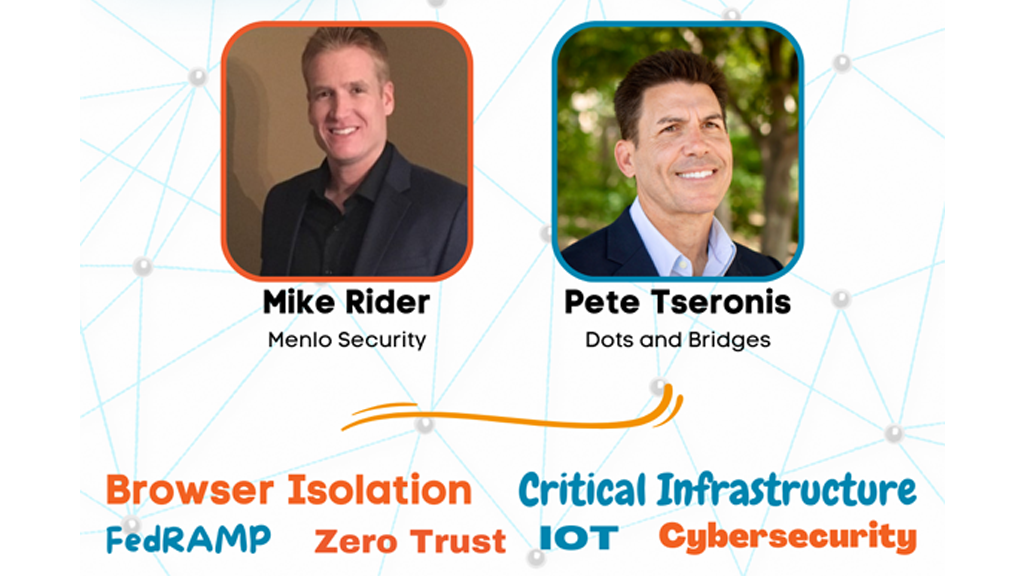Pete introduces quantum computing and its paradigm shifting promise.
Think about the first time you encountered the Internet. Did you have any idea that you could not live without it or let alone make a living without it? This paradigm shift has ushered a digital revolution and influence our lives in ways we still have yet to experience.
I think back to 1991, working in the Pentagon, and recalling the Advanced Research Project Agency Network (ARPANET) efforts to pioneer an “internetwork” computer fabric with potentially limitless capability.
Fast-forward to 2018 and, well, the rest is history. The Internet is now a commodity (some may claim a human right) and has embedded itself in our daily lives…morning-afternoon-night.
Yet, as we rely on the Internet as a ubiquitous, information repository and communication medium, we are faced with a technological challenge and disruptive opportunity; a challenge that Quantum Information Science (QIS) is addressing and an opportunity for Quantum Computing to exponentially enhance and transform today’s traditional computational frameworks.
THE CHALLENGE
The underpinnings of today’s computational architecture, i.e. compilers, software design flow, are reaching an operational threshold that quantum computing will revolutionize. For example, as the Internet architecture was not designed to support the billions and billions of connected devices maintained today, traditional computer infrastructure requires a fresh re-examination.
And while the IPv6 and Internet of Things (IoT) agendas are doing their part to address current Internet technical challenges, the QIS community is full-speed ahead addressing next-generation compute.
Whether you accept it, or not, the idea that we are in a Beyond Moore’s Law technology transition, the distinction between processing power and computing power is very real, and it limits what we can do today. Yet, as society demands more speed, more connectivity, more security and more capability, current computing technology cannot keep up with the demand.
Take, for example, the impact of today’s computing resources within the health sector. An examination of tens of thousands human genes that influence observable health related risks and traits requires massive computing power and (time and energy). Unfortunately, today’s medical exploration is limited due to conventional computing processing capabilities, thereby, delaying scientific breakthroughs and innovation.
BALANCING RISK AND REWARD
And while modern information and communication technologies fuel increasingly efficient operations of complex infrastructure, these critical tools also create new vulnerabilities and associated risks for system owners, operators and consumers.
To mitigate these threats, the global quantum research and development (R&D) agenda seeks an exponentially scalable computing platform:
- to solve problems much more quickly and powerfully
- to secure critical infrastructure in a reliable and resilient manner
- to enable real-time situational awareness across business sectors
- to identify efficient energy resources to power next-generation computation
- to optimize information storage that “speedup” artificial intelligence insights
THE OPPORTUNITY
Simply put, it’s Quantum Computing. This category of alternative computing signifies a great deal of promise as the incessant need for compute power is increasing exponentially. Be it Big Data, Artificial Intelligence, and/or Machine Learning, these analysis models require significantly more processing muscle to perform efficiently and deliver applicable insights.
In fact, our Nation’s R&D sectors are primed to leverage QIS and shepherd quantum computing forward – a platform projected to perform tasks millions of times faster than today’s supercomputers.
Quantum computing’s promise is socialized within the following critical infrastructure use cases:
- discovering medicine and materials to extend life
- exploring the boundaries of space and time
- diagnosing efficient means of transportation
- safeguarding information and mitigating threats to privacy
- predicting weather-related events
- protecting financial assets from cybercrime
- unearthing distributed energy resources
- developing precision farm management
- conceiving ultra-secure satellite communication networks
It is this “art-of-the-possible” roadmap fueling a quest for international quantum supremacy.
THE PLAYERS
Companies such as Rigetti, Google, D-Wave, IBM, Microsoft, IonQ and Zapata (to name a few) are pioneering and blazing trails to accelerate quantum adoption. China plans to construct a quantum research and development “supercenter.” Australia is on the cusp of developing a single-atom quantum computer. France is developing a quantum focus around cybersecurity algorithms. Canada is evolving technologies to assist radar operators cut through heavy background noise and isolate object.
Moreover, a recent report highlights a projected 24.6% quantum computing growth rate throughout 2018-2024, inferring that “quantum computing technologies have the potential to change long-held dynamics in commerce, intelligence, military affairs and strategic balance of power.”
THE LEXICON
At the risk of differentiating the characteristics of quantum computers versus traditional computers, it is worth noting that quantum vocabulary is equally unique. Four (4) terms are worth stating:
- Qubits of data are represented in more than two states, i.e. 1s, 0s, and a combination of 1s and 0s). Traditional computers represent bits of data in one of two states, i.e. 1s and 0s).
- Superposition allows for qubits to store/analyze information in myriad states, allowing for millions of computations at once (versus one-at-a-time in traditional computing).
- Entanglement allows for qubit integrity while enabling limitless discovery.
- Coherence allows for qubit preservation and computation performance.
If your brain cells are hurting, not to worry. It’s just the new jargon, similar to when you may have first heard of cloud computing, blogging, augmented reality, the Internet of Things, or tweeting.
Net-Net. If a conventional computer and a quantum computer were each asked to sift through the phone numbers of everyone in the entire world — and organize and analyze each entry — a quantum computer could accomplish this task in a fraction of the time because the data wouldn’t need to be processed and stored one bit at a time.
THE QUANTUM LEAP (PUN INTENDED)
Historical breakthroughs deemed transformational generally result from a combination of imagination, optimism, curiosity, and expansion. Be it the steam engine, the telegraph, semiconductor electronics, the personal computer, nuclear fission, penicillin or sequencing human DNA, the quest for innovation has produced incredible outcomes.
At the end of the day, try to imagine (and believe) what quantum computing will do for cancer therapy, traffic flow optimization, sustainable food systems, refined manufacturing supply chains, orbital space tourism or quantum/post-quantum cryptography.
Complex? No doubt. Exciting? Yes. Inevitable? Absolutely.
Full speed ahead!






